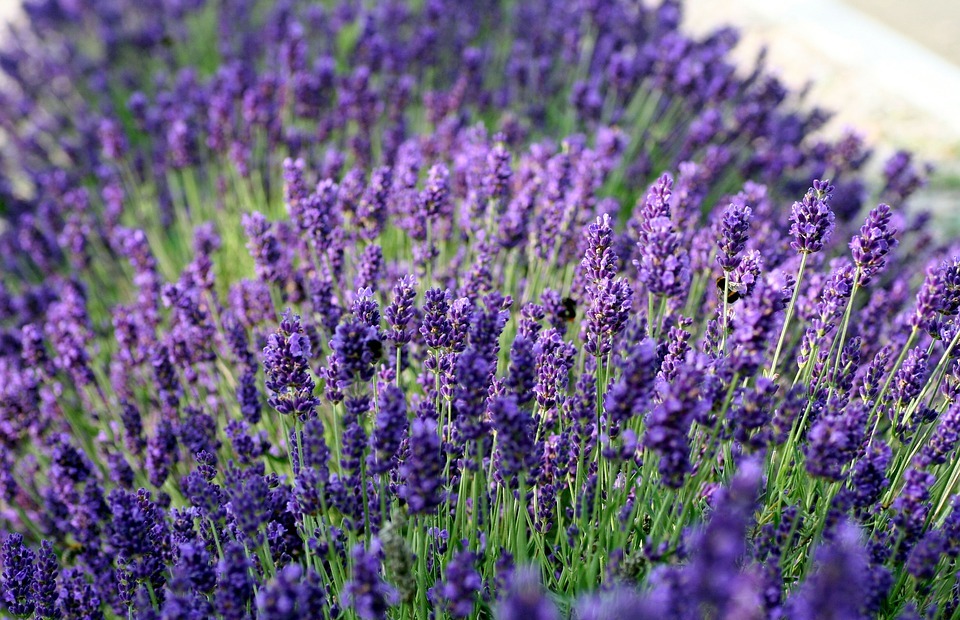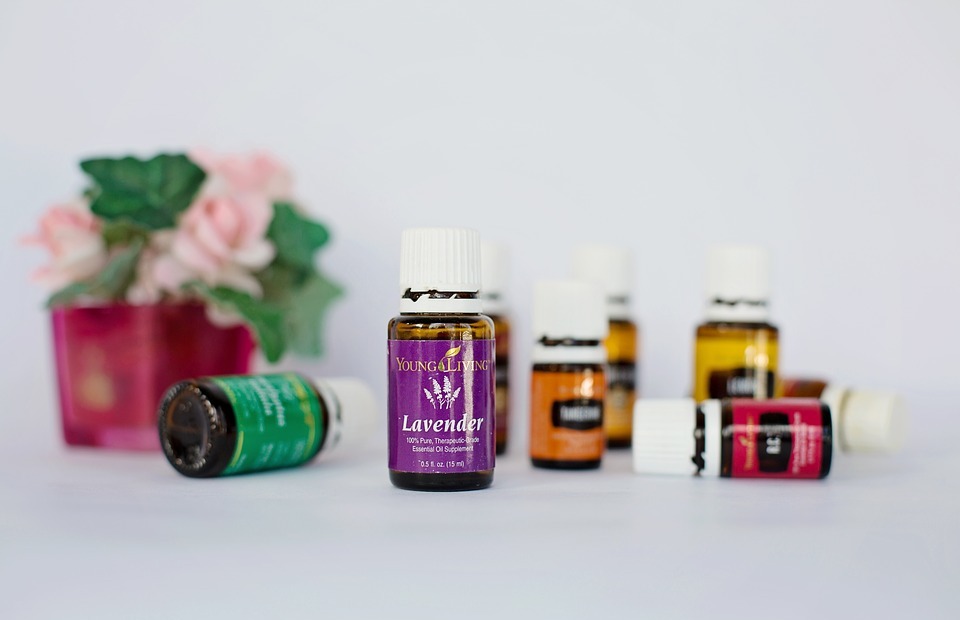Part 1: Understanding Essential Oils and Cats

1.1 What are Essential Oils?
- Concentrated extracts derived from plants, containing volatile compounds responsible for their aroma and therapeutic properties.
- Extracted through various methods like steam distillation, cold pressing, or solvent extraction.
- Used in aromatherapy to promote relaxation, reduce stress, and alleviate various ailments.
1.2 The Allure of Aromatherapy for Cats
- Cats, with their heightened sense of smell, are particularly sensitive to aromatic compounds.
- Certain essential oils can have a calming effect on cats, promoting relaxation and reducing anxiety.
- They can also help create a more pleasant environment, particularly for cats with behavioral issues.
1.3 The Risks of Essential Oils for Cats
- Cats are highly sensitive to certain compounds found in essential oils, making them more susceptible to toxicity.
- Ingestion of even small amounts can cause serious health issues, including liver damage, respiratory distress, and even death.
- Direct skin contact can lead to irritation, inflammation, and allergic reactions.
- Essential oils can interact with medications and pre-existing health conditions.
Part 2: The Science Behind Essential Oils and Cats

2.1 How Essential Oils Affect Cats
- Aromatic compounds in essential oils are absorbed through the olfactory system, stimulating the limbic system in the brain.
- This interaction can trigger hormonal responses, affecting mood, behavior, and physiological processes.
- Certain oils have anti-inflammatory, analgesic, and antimicrobial properties, offering potential therapeutic benefits.
2.2 The Importance of Dilution and Safety
- Essential oils should never be used undiluted on cats, as they are highly concentrated and can cause severe reactions.
- Always dilute essential oils with a high-quality carrier oil, such as coconut oil, jojoba oil, or almond oil.
- The dilution ratio should be carefully calculated based on the oil and the cat's sensitivity. A general guideline is 1-2 drops of essential oil per ounce of carrier oil.
Part 3: Essential Oils Safe for Cats: A Detailed Look
3.1 Lavender Oil (Lavandula angustifolia)
- Known for its calming and relaxing properties, helping to reduce anxiety and promote sleep.
- Can be diffused, added to a cat-safe spray bottle, or diluted in a carrier oil for massage.
- Always dilute lavender oil before applying topically, and avoid contact with the eyes and nose.
3.2 Chamomile Oil (Matricaria recutita)
- Possesses soothing and anti-inflammatory properties, helpful for skin irritation and allergies.
- Can be diluted in a carrier oil and applied topically to soothe skin irritations.
- Can be diffused to create a calming atmosphere for anxious cats.
- Use chamomile oil with caution, as some cats may be sensitive to it.
3.3 Lemon Balm Oil (Melissa officinalis)
- Known for its calming and anti-anxiety effects, promoting relaxation and reducing stress.
- Can be diffused to create a calming atmosphere or added to a cat-safe spray bottle.
- Lemon balm oil can be helpful for cats with mild anxiety or behavioral issues.
- Use in moderation and avoid contact with the eyes and nose.
3.4 Helichrysum Oil (Helichrysum italicum)
- Known for its anti-inflammatory and regenerative properties, potentially helpful for skin wounds and irritations.
- Can be diluted in a carrier oil and applied topically to wounds or irritated areas.
- Use helichrysum oil with caution and always test a small area first to check for sensitivity.
3.5 Frankincense Oil (Boswellia carterii)
- Traditionally used to support respiratory health, potentially helping with congestion and inflammation.
- Can be diffused to create a calming atmosphere and potentially ease respiratory distress.
- Use frankincense oil with caution and only under veterinary supervision.
3.6 Other Potentially Safe Oils
- Rose Oil (Rosa damascena): Known for its calming and relaxing properties, but use with caution, as some cats may be sensitive.
- Ylang Ylang Oil (Cananga odorata): Can be helpful for anxiety and stress, but use sparingly and avoid direct contact with the cat's skin.
- Geranium Oil (Pelargonium graveolens): May have calming effects, but use with caution and always dilute properly.
Part 4: Essential Oils to Avoid in Cats
4.1 Highly Toxic Oils
- Tea Tree Oil (Melaleuca alternifolia): Can cause liver damage, respiratory distress, and even death.
- Peppermint Oil (Mentha piperita): Can lead to neurological problems, seizures, and respiratory issues.
- Eucalyptus Oil (Eucalyptus globulus): Can cause liver damage, respiratory distress, and skin irritation.
- Pennyroyal Oil (Hedeoma pulegioides): Highly toxic to cats and can lead to liver failure and death.
- Wintergreen Oil (Gaultheria procumbens): Can cause gastrointestinal distress, respiratory problems, and even death.
4.2 Other Oils to Avoid
- Pine Oil (Pinus sylvestris): Can irritate the skin and respiratory system.
- Ylang Ylang Oil (Cananga odorata): Can cause gastrointestinal upset and skin irritation.
- Clove Oil (Syzygium aromaticum): Can cause respiratory distress, liver damage, and even death.
- Oregano Oil (Origanum vulgare): Can be highly irritating to the skin and digestive system.
- Garlic Oil (Allium sativum): Can cause gastrointestinal upset and anaemia.
- Onion Oil (Allium cepa): Can cause gastrointestinal upset and anaemia.
- Citrus Oils (e.g., lemon, orange, grapefruit): Can cause photosensitivity, skin irritation, and gastrointestinal upset.
Part 5: Safe Application Methods and Precautions
5.1 Diffusion
- The most common and generally safe method for using essential oils with cats.
- Use a cool-mist diffuser to disperse the diluted oil into the air.
- Ensure the diffuser is placed in a well-ventilated area, away from the cat's direct breathing zone.
- Avoid using essential oils in a confined space, as this can increase the risk of inhalation exposure.
5.2 Cat-Safe Spray Bottle
- Dilute essential oils in a spray bottle filled with distilled water.
- Mist the air around the room, avoiding direct contact with the cat's skin or nose.
- This method is helpful for creating a calming atmosphere or refreshing the air.
5.3 Topical Application
- Avoid direct application of essential oils to the cat's skin, fur, or nose.
- If topical application is necessary, use only a small amount of diluted essential oil in a carrier oil.
- Test a small area of skin first to check for sensitivity before applying it more widely.
- Avoid areas around the eyes, nose, and mouth.
5.4 Precautions
- Always use essential oils with caution and under veterinary supervision.
- Start with a low concentration of essential oil and gradually increase the amount as needed.
- Monitor your cat's response closely for any signs of adverse reactions.
- Discontinue use immediately if you notice any negative symptoms and contact your veterinarian.
- Store essential oils in a cool, dark place, out of reach of children and pets.
- Use a glass dropper bottle to measure and dispense the oil.
- Wash your hands thoroughly after handling essential oils.
Part 6: Essential Oils for Specific Cat Concerns
6.1 Promoting Relaxation and Stress Relief
- Lavender oil is a popular choice for calming cats and reducing anxiety.
- Roman chamomile oil can also be helpful for promoting relaxation and sleep.
- Lemon balm oil is known for its calming and anti-anxiety effects.
- Diffusing these oils in a quiet space can create a calming atmosphere for your cat.
6.2 Supporting Respiratory Health
- Frankincense oil has traditionally been used to support respiratory health.
- It may help to open up airways and ease congestion.
- However, these oils should only be used with extreme caution and under veterinary supervision.
6.3 Insect Repellent
- Some essential oils, like citronella oil and lemongrass oil, are natural insect repellents.
- They can be diffused in areas where cats are prone to insect bites.
- However, it's important to use these oils sparingly and avoid direct contact with the cat's skin.
Part 7: FAQs about Essential Oils and Cats
7.1 Are there any essential oils that are completely safe for cats?
While some essential oils, such as lavender and chamomile, are generally considered safe for cats when used cautiously, it is crucial to remember that every cat is different. Always consult your veterinarian before introducing any essential oils to your feline companion.
7.2 Can I use essential oils on my cat's skin?
It is not recommended to apply essential oils directly to your cat's skin, as their skin is very sensitive. Instead, opt for diffusion or a cat-safe spray bottle to disperse the oil into the air.
7.3 What if my cat ingests essential oil?
If your cat ingests essential oil, contact your veterinarian immediately. Essential oils can be highly toxic to cats, and prompt veterinary attention is crucial.
7.4 How can I tell if my cat is reacting negatively to essential oils?
Signs of adverse reactions to essential oils in cats include sneezing, coughing, lethargy, vomiting, diarrhoea, skin irritation, and behavioural changes.
7.5 Can I use essential oils for my cat's fleas or ticks?
While some essential oils have insect-repellent properties, it is not recommended to use them directly on your cat's fur or skin for flea or tick control. Consult with your veterinarian for safe and effective flea and tick prevention methods.
7.6 What are some safe alternatives to essential oils for cats?
If you are concerned about using essential oils for your cat, there are several safe alternatives. These include:
- Pheromone diffusers for calming and anxiety relief
- Herbal teas for relaxation and stress reduction
- Natural calming supplements for promoting relaxation and sleep
- Creating a calming environment with soft lighting, quiet music, and comfortable spaces.
Conclusion
The use of essential oils for cats requires careful consideration and caution. While some oils may offer potential benefits, it is vital to prioritize safety and consult with your veterinarian before using any essential oils on your cat. By following the guidelines outlined in this guide, you can help ensure the well-being and happiness of your feline friend. Remember, prevention is key when it comes to essential oil safety for cats.Everyone is watching

Are Cat Ribs Flexible? Understanding Their Anatomy
CATS & KITTENSThis article delves into the fascinating world of feline anatomy, exploring the flexibility of cat ribs and ho...

Can Cats Eat Bananas? (Everything You Need to Know)
CATS & KITTENSThis article dives into the intriguing question of whether cats can safely enjoy the sweet, yellow fruit, bana...

Cat Lifespan: How Long Do Cats Live?
CATS & KITTENSThis comprehensive guide explores the factors influencing the lifespan of our feline companions, providing ins...

Can Cats Get COVID-19? What You Need to Know
CATS & KITTENSThis article will delve into the fascinating world of feline COVID-19 susceptibility. We'll explore whether ca...

Can Cats Eat Eggs? A Complete Guide to Egg Safety for Your Feline Friend
CATS & KITTENSWhen it comes to treating our furry companions, we all want to ensure we're doing what's best for them. Eggs...
